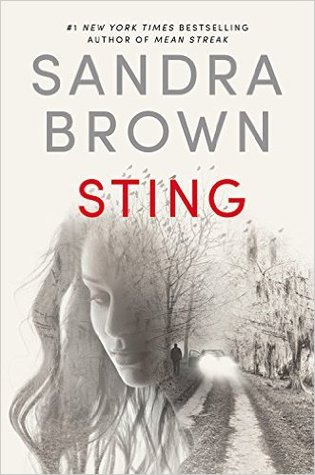Author: Erik Larson
Type: Non-fiction, single subject
Full title: In the Garden of Beasts: Love, Terror, and an American Family in Hitler’s Berlin
Published: 2011
I read it: September 2017

This book kept calling to me from the shelf, staring me down with its grand and stern coloring, complete with swastika right on the spine. After recent events in America brought Nazism back into the news, I just grabbed the book one day and started. I felt conspicuous walking onto the bus with it every morning. That cover and that infamous insignia.
And what a book. Despite its thickness at first look, this one swept me right up. From the first pages it had me hooked and I read through it at a quicker pace than other short story collections I had been working through at the same time. I’m no student of history, so much of the story was new to me. I was able to glean WWII-era details I hadn’t known before: the swastika is sometimes referred to as a “broken cross.” In 1933, Hitler was 44, Göring 40, and Goebells 36. So relatively young. There was hatred and backstabbing among the inner circles, which included these men and others I hadn’t heard of, such as Röhm and Diels. There was the frightful day of June 30, 1934, when Hitler ordered assassinations in a turning point that became known as “The Night of the Long Knives.”
But the more specific story, and where Larson focuses his detailed and masterfully unfolding account of individuals, is the year or so in the life of William Dodd and his family. Dodd had traveled to Germany earlier in his life as a student, but was not a politician. He was an educator who wanted to write a history of the southern United States in his old age, but instead found himself appointed by Franklin D. Roosevelt as ambassador to Germany while Hitler was on the rise. Dodd was reluctant but accepted, and brought along his wife, son, and daughter.
The daughter was Martha, and a lot of the book is about her life as a young woman in Berlin at this peculiar time. She was enamored by the lifestyle, leaving behind old lovers in the states to explore new ones in her temporary new country. At first impressed by the young men in the Nazi ranks, she was an intelligent and complex person who made it a point to associate with journalists and writers. She got invited to untold numbers of dinners and parties, brushing elbows with some of the most dangerous men in modern history.
Her father was a modest, down-to-earth man who didn’t like the tradition of ambassadors spending huge sums of money and living lavishly. He had a commitment to American ideals and, while cautious about judging the changing Germany too quickly, he did not hesitate to speak out and try to send his opinions straight to the president (which was difficult when he had political enemies back home). As 1933 became 1934 and public violence in Germany grew more prevalent and less easily explained away, he worried desperately why America would not wake up to the fact that something frightening was happening in Europe.
I can do little justice to this book. It’s a page-turner through and through, and not as long as it first may seem (due to the 80 or so pages of references at the end). Larson is meticulous in his facts, and while the reader is sometimes hungry for more scope and commentary, he remains focused on keeping his story from the perspective of the Dodds. Because of this, the insight into humanity is alarmingly effective.
I’ll just leave by dropping a chunk of this monologue of “moral unease” by Rudolf Diels, a shady character who had a hand in atrocities yet still had reservations about just how extreme everything was getting:
The infliction of physical punishment is not every man’s job, and naturally we were only too glad to recruit men who were prepared to show no squeamishness at their task. Unfortunately, we knew nothing about the Freudian side of the business, and it was only after a number of instances of unnecessary flogging and meaningless cruelty that I tumbled to the fact that my organization had been attracting all the sadists in Germany and Austria without my knowledge for some time past. It had also been attracting unconscious sadists, i.e. men who did not know themselves that they had sadist leanings until they took part in flogging. And finally it had been actually creating sadists. For it seems that corporal chastisement ultimately arouses sadistic leanings in apparently normal men and women. Freud might explain it.
History will continue to try to explain the strange cauldron of events that specifically led to Hitler’s Germany in the 1930s, and for now we can set aside the issue of explaining anything in terms of Freud. The point is that human beings were responsible for each and every event, and that, sure, a machinery of violence will attract those already predisposed to violence. But consider that “it had actually been creating sadists.” Many, many normal Germans became Nazis. We are susceptible to almost anything.
Larson displays, painstakingly and fascinatingly, page by page, what it was like for one family to sit in the center of Berlin and watch society change into something strange and new and sinister. He puts the personal into the historical and in so doing teaches us huge (and hugely unsettling) things about both persons and history.
Advertisements Share this:




